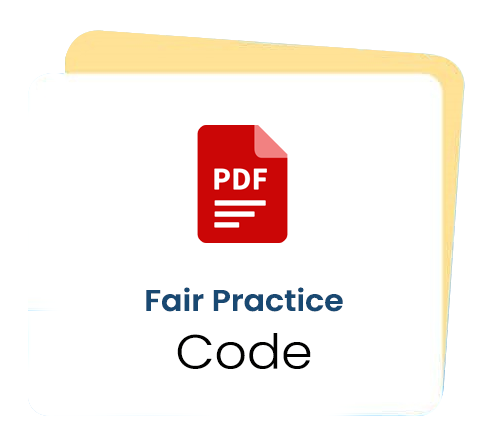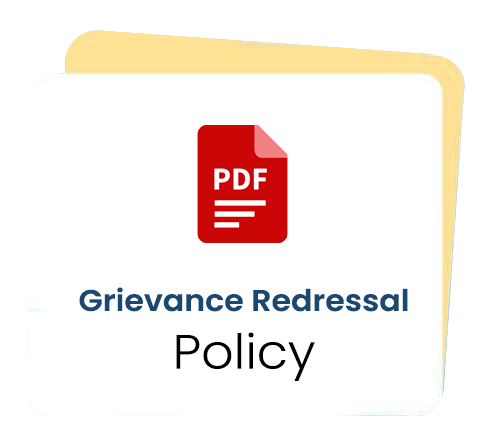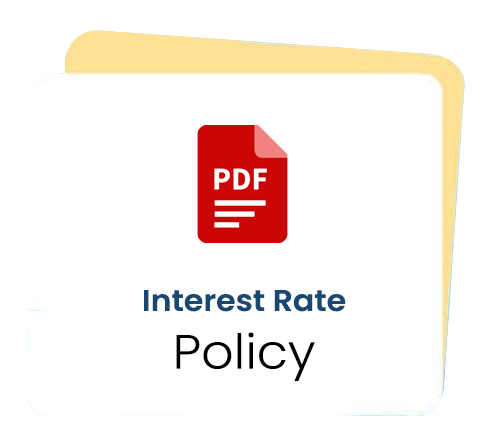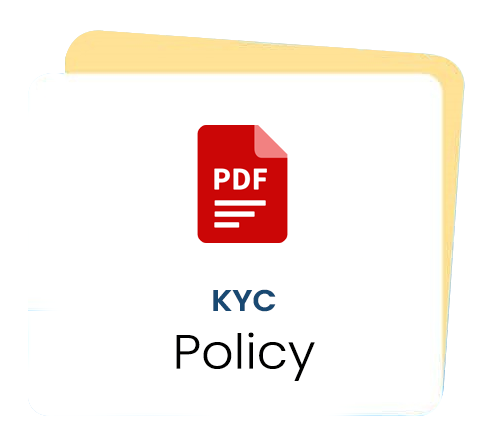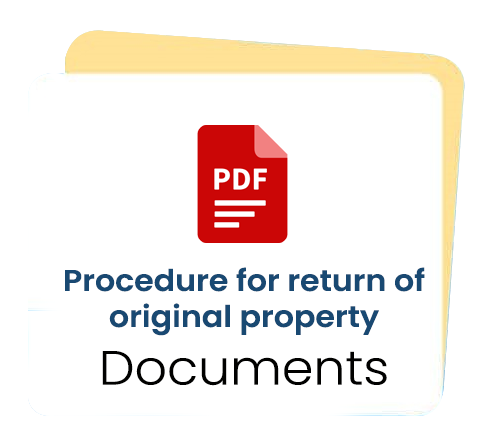Guidance Note: MSME Lending for Non-Banking Financial Companies (NBFCs)
Introduction:
Micro, Small, and Medium Enterprises (MSMEs) are the backbone of the Indian economy, contributing significantly to employment generation and economic growth. NBFCs play a crucial role in extending credit to this sector, often reaching underserved segments. This guidance note aims to provide NBFCs with an overview of MSME lending, including recent amendments and updates, to ensure compliance and promote eƯective lending practices.
1. Defining MSMEs:
- Revised Classification (EƯective April 01, 2025): The classification is based on annual turnover and investment in plant and machinery or equipment
- Micro: Investment up to ₹2.5 crore and turnover up to ₹10 crore.
- Small: Investment up to ₹25 crore and turnover up to ₹100 crore.
- Medium: Investment up to ₹125 crore and turnover up to ₹500 crore.
- Udyam Registration: MSMEs must register on the Udyam Registration portal (udyamregistration.gov.in) to avail benefits. This registration is mandatory and serves as the primary identification for MSMEs. NBFCs should verify Udyam Registration certificates during loan processing.
2. Regulatory Framework:
- RBI Guidelines: The Reserve Bank of India (RBI) provides comprehensive guidelines on lending to MSMEs, including priority sector lending (PSL) norms.
- PSL Targets: NBFCs are encouraged to meet PSL targets for MSME lending. Specific categories within MSMEs (micro enterprises, weaker sections) may have sub-targets. The RBI periodically issues updates on PSL guidelines.
- Fair Practices Code (FPC): NBFCs must adhere to the FPC, ensuring transparency and fairness in their lending operations. This includes clear communication of loan terms, charges, and grievance redressal mechanisms.
- Interest Rate Guidelines: While interest rates are deregulated, NBFCs should ensure they are fair and transparent. Disclosure of the Annual Percentage Rate (APR) is crucial.
- Know Your Customer (KYC) and Anti-Money Laundering (AML) Guidelines: Strict adherence to KYC and AML norms is mandatory.
- Digital Lending Guidelines: RBI has published digital lending guidelines, that must be followed if loans are sourced or given through digital platforms.
3. Key Considerations for MSME Lending:
- Credit Assessment:
- Move beyond traditional financial statements. Consider alternative data sources, such as GST returns, bank statements, and credit bureau reports.
- Focus on cash flow analysis and the business's operational viability.
- Utilize credit scoring models tailored to MSMEs.
- Evaluate the promoters experience and industry knowledge.
- Loan Products:
- OƯer a range of loan products tailored to the specific needs of MSMEs, such as working capital loans, term loans, and invoice financing.
- Explore innovative financing options, such as supply chain financing and factoring.
- Consider products that include digital onboarding and disbursement.
- Risk Management:
- Implement robust risk management frameworks to mitigate credit risk.
- Diversify the loan portfolio across diƯerent sectors and geographies.
- Establish eƯective monitoring and collection mechanisms.
- Utilize Credit Guarantee Schemes like CGTMSE.
- Financial Inclusion:
- Focus on reaching underserved MSMEs, including those in rural and semi-urban areas.
- Leverage technology to improve accessibility and eƯiciency.
- Support women entrepreneurs and other marginalized groups.
- Customer Service:
- Provide prompt and eƯicient customer service.
- Establish clear grievance redressal mechanisms.
- OƯer financial literacy programs to MSME borrowers.
4. Recent Amendments and Updates:
- Expansion of PSL Definition: The RBI has periodically expanded the scope of PSL to include new categories of MSMEs.
- Digital Lending Regulations: The RBI has released guidelines to regulate digital lending, aiming to enhance transparency and protect borrowers. Ensure all digital lending operations are compliant.
- Enhancements to CGTMSE: The Credit Guarantee Fund Trust for Micro and Small Enterprises (CGTMSE) scheme has been enhanced to provide better coverage and support to MSMEs. Stay updated on changes to guarantee coverage and processes.
- MSME receivables exchange (TReDS): Encourage MSMEs to register and utilize the TReDS platform for faster realization of receivables.
- Account Aggregator Framework: RBI has introduced the Account Aggregator framework. NBFCs can utilize this framework with customer consent to retrieve financial information to improve credit underwriting.
- Increased focus on climate risk: RBI is increasingly focusing on climate risk. NBFCs should start to evaluate the climate risk of their MSME loan portfolio.
5. Compliance and Reporting:
- Regular Reporting: Ensure timely and accurate reporting to the RBI as per regulatory requirements.
- Internal Audit: Conduct regular internal audits to assess compliance with regulations and internal policies.
- Training and Awareness: Provide regular training to staƯ on MSME lending guidelines and best practices.
Conclusion
MSME lending presents a significant opportunity for NBFCs to contribute to economic growth while expanding their business. By adhering to regulatory guidelines, adopting best practices, and staying updated on recent amendments, NBFCs can eƯectively serve the needs of this vital sector.
Disclaimer
The note is made to disseminate knowledge and does not provide legal, financial, or commercial advice. IFSPL or its associates cannot be held liable for any action taken based on its contents.

